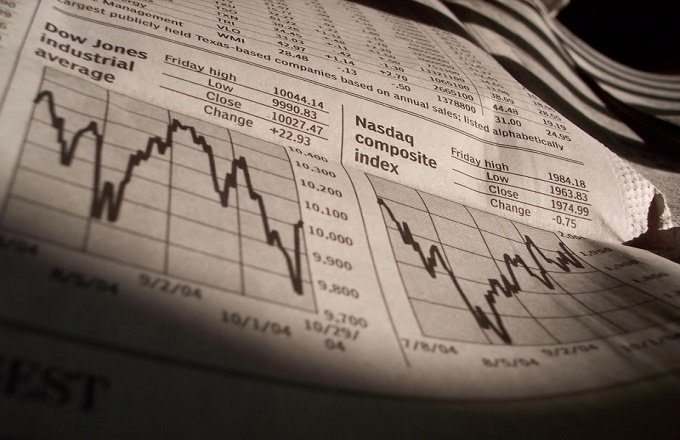
Apple Briefly Stumbled Into Bear Market Territory| Investopedia
As the weather turns colder late in November, bullish investors have watched carefully for signs of rallies in the market. The S&P 500 had fallen slowly but surely throughout the week, only to make a moderate but non-trivial rally on Thursday afternoon. Considering just how volatile prices have been of late, it says a lot…
As the weather turns colder late in November, bullish investors have watched carefully for signs of rallies in the market. The S&P 500 had fallen slowly but surely throughout the week, only to make a moderate but non-trivial rally on Thursday afternoon. Considering just how volatile prices have been of late, it says a lot about investor sentiment that traders hoped for a second day of gains to close out the week. As it turns out, the S&P managed to eke out small gains through Friday, but not before it dipped slightly at the beginning of the day.
To start the day, Nasdaq was 3.5% below its 200-day line, and the S&P 500 faired only slightly better, at 2.2% under, per Investor’s Business Daily. Overall, both ended the day with fairly mixed results.
What was behind the minor turbulence as markets opened? Two major computer chip manufacturers may have had a hand in weakening tech performance, per IBD. Both Nvidia Corp. (NVDA) and Applied Materials (AMAT) revealed less-than-stellar earnings reports for the previous quarter. Given the tech-heavy focus of the Nasdaq, it was hit hardest by the apparent weakness in these stocks. Without these and other tech stocks to set the pace, it seems increasingly unclear whether the markets will be able to close out 2018 on a high note. There were other sets of performance figures which may have startled markets, too: retailer Nordstrom Inc. (JWN) also reported lower-than-expected earnings, per the Wall Street Journal.
Looming Fears of Economic Troubles
Friday’s news caps a week characterized by looming investor concern about a rocky future for the U.S. economy. WSJ reports that U.S. industrial output for last month did not match the expectations of analysts, and the level of household indebtedness nationwide is rising.
International pressures are a lingering fear, too: although President Trump suggested the possibility of a future trade deal with China, per CNBC, it seems naive to think we’re clear of the many dangers of a trade war just yet. It makes sense, then, that Trump’s optimistic suggestion that he would not impose additional tariffs did little to spark a rise in stock prices. The S&P 500 is on pace to post its first weekly loss since late October.
Oil Falls, Oil Stocks Made Gains
CNBC reports that Saudi Arabia is trimming down shipments of crude oil to the U.S. in an apparent effort to push oil prices higher. Of course, such a tactic could also exacerbate tension between the Middle Eastern nation and the U.S. government, particularly given President Trump’s stated intent to keep prices low for American consumers. Nonetheless, a boost to oil prices would be welcome: U.S. crude settled down more than 6% this week, marking a month and a half of straight weekly losses. At the same time, oil stocks climbed marginally on the news out of Saudi Arabia.
What It Means and What Comes Next
As always, there are a multitude of factors impacting the largely mixed results of the market heading into the end of the week. Hedge funds across the U.S. released their Form 13F filings in recent days, providing investors with insight into how the biggest money managers in the country moved their assets around in recent months. News that gurus like Warren Buffett were making big buys could be enough to inspire a broader trend among individual investors. Still, it’s likely that we’re in for turbulent times ahead, and the impact of individual investors relative to institutions and Wall Street firms is questionable at best. In spite of all of the volatility, though, the S&P 500 is almost exactly even with its levels at the start of the year. Whether 2018 will end with a bang, a whimper or something in between is anyone’s guess.
